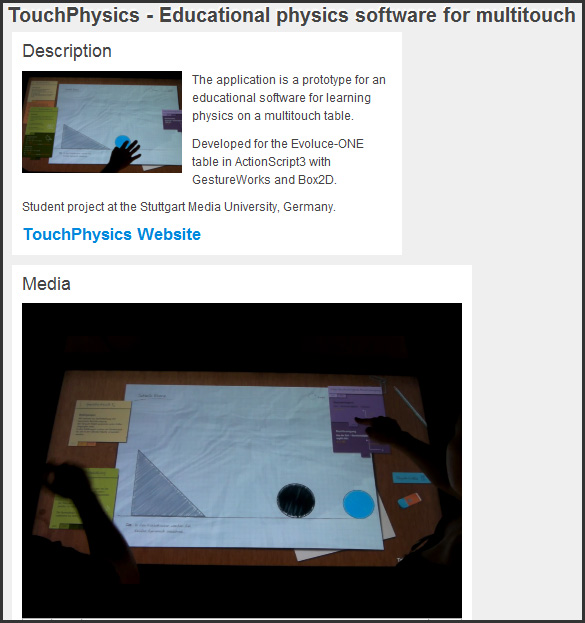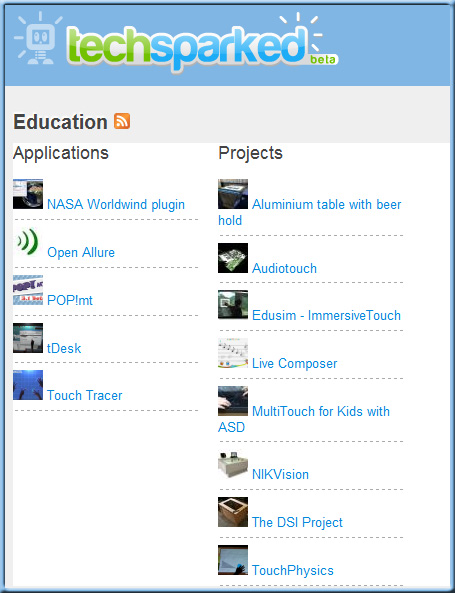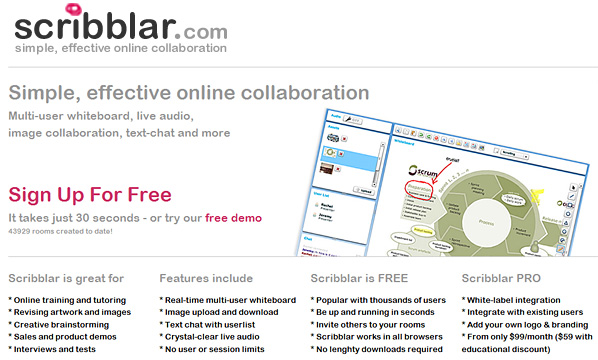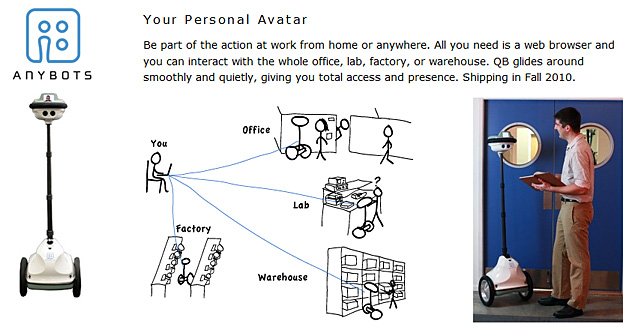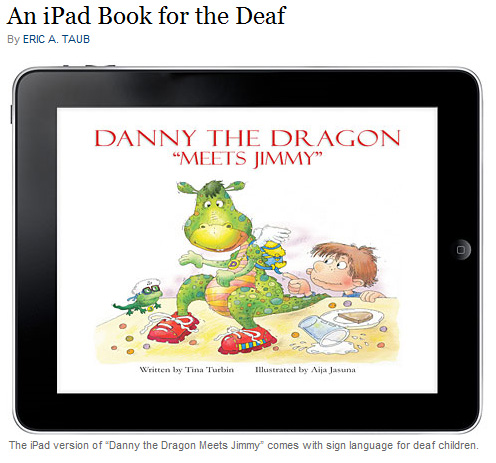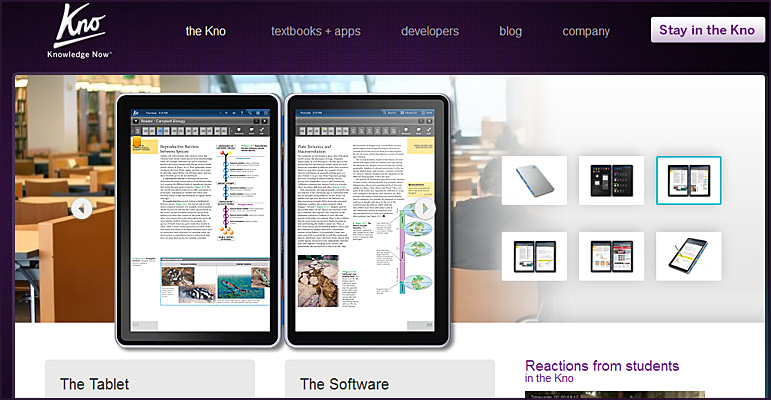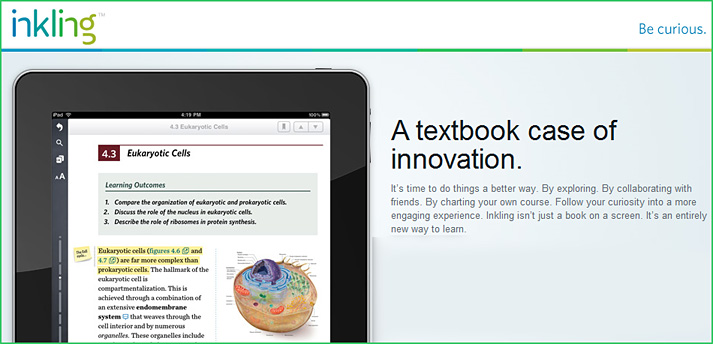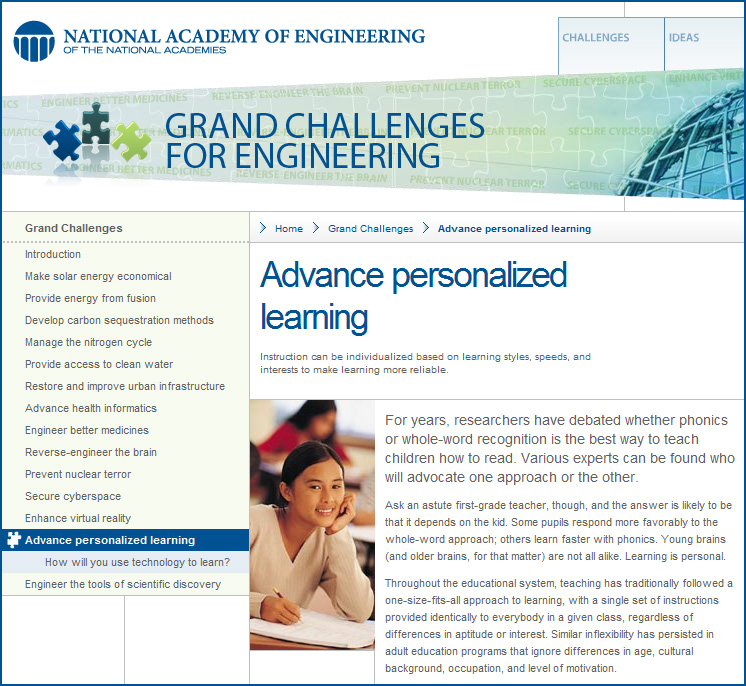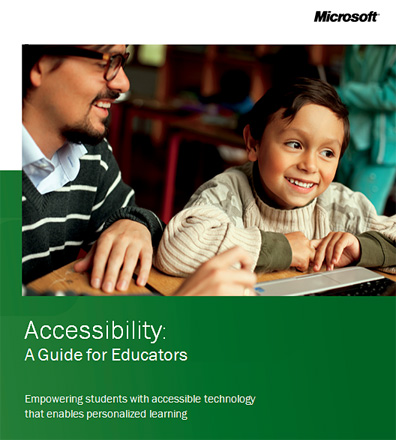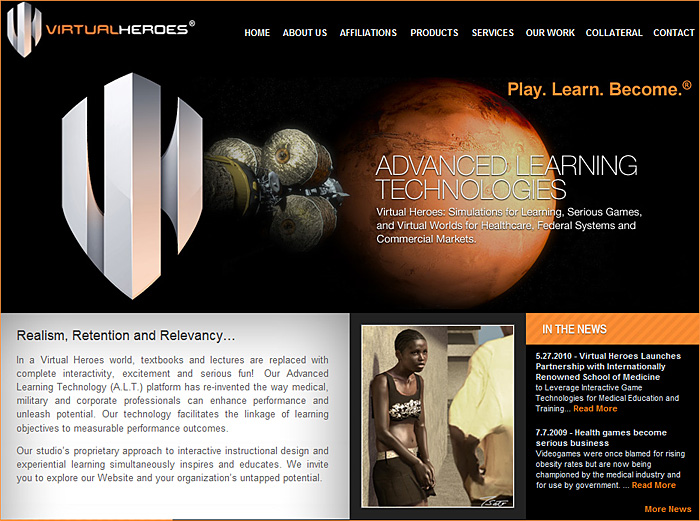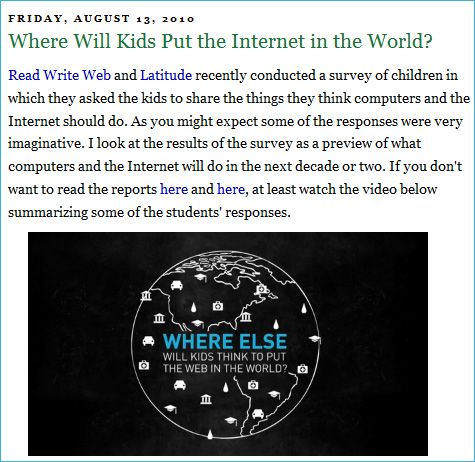On college campuses, technology is moving fast — from education-portal.com
In this year’s Almanac of Higher Education, The Chronicle explores the rapidly expanding use of technology on college campuses by both students and institutions. They found that while many institutions are increasing their licensing of technological research to boost their bottom lines, the majority of public universities are cutting academic computing budgets. Meanwhile, students are spending more and more time online.











